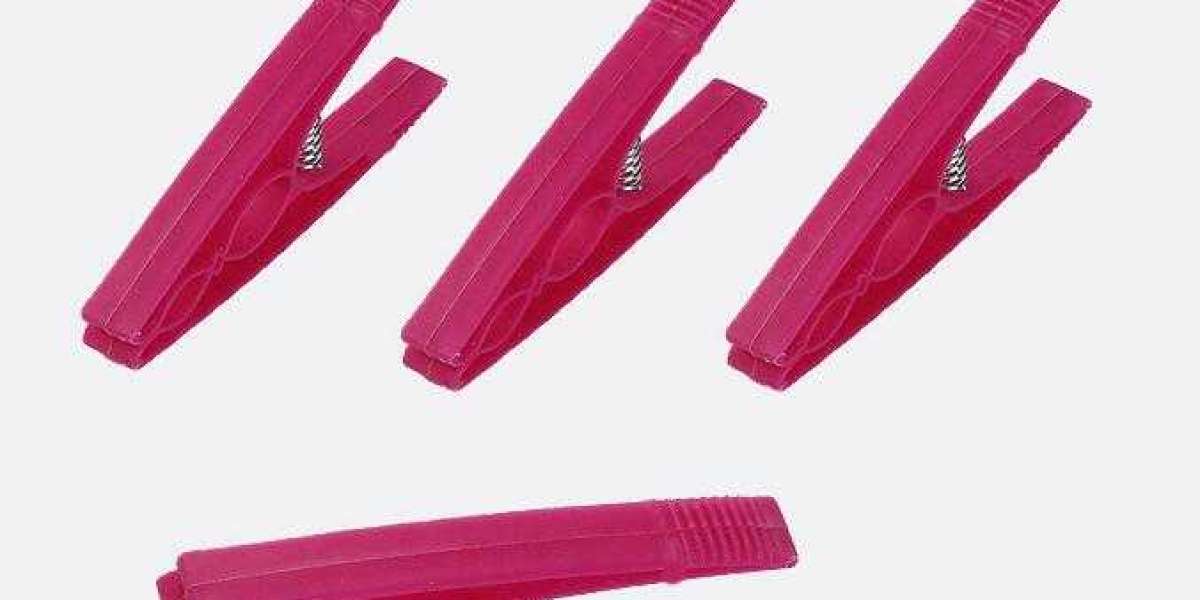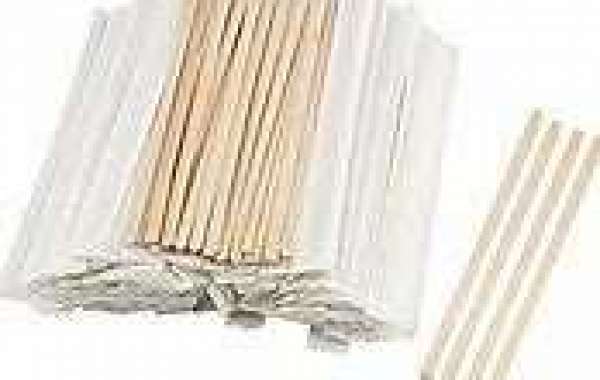Before the advent of monochromatic plastic clothes pegs, clothespins were primarily made from wood. Wooden clothes pegs had been in use for centuries, with various designs and materials employed. They were often carved from hardwood, such as beech, birch, or hickory, and featured a simple spring mechanism to hold garments securely.
The introduction of plastic materials revolutionized the production of clothes pegs. Plastic offers several advantages over traditional wooden pegs, including durability, resistance to weathering, and affordability. It also allowed for mass production, enabling manufacturers to produce clothes pegs in large quantities at lower costs.
Initially, plastic clothes pegs were manufactured in a variety of colors, providing a vibrant and colorful addition to the laundry process. However, over time, the monochromatic design gained popularity. Monochromatic plastic clothes pegs are typically made in a single color, often white or a neutral shade. This design choice gives them a clean and minimalistic appearance, blending well with various laundry settings.
Apart from aesthetics, monochromatic plastic clothes pegs also offer practical benefits. The single-color design helps to prevent color transfer onto clothing, especially when exposed to direct sunlight. This is particularly important when drying delicate or light-colored fabrics, as the risk of Color bleeding or fading is minimized.








